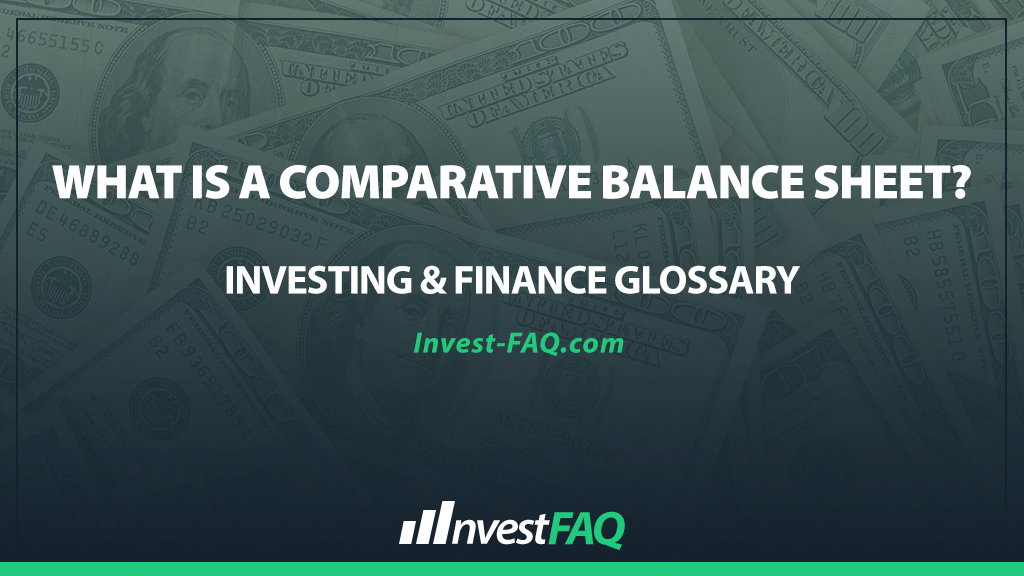
Comparative Balance Sheet
Contents
A comparative balance sheet presents the financial position of a company at two or more different points in time side by side. This format allows for direct comparison of assets, liabilities, and equity between periods, facilitating trend analysis and financial performance assessment.
Businesses use comparative balance sheets to analyze changes in their financial condition over time, helping to identify trends, growth patterns, and potential areas of concern. It is an invaluable tool for management, investors, and creditors to gauge a company’s financial health, liquidity, and stability.
This comparative approach also aids in strategic planning, investment decisions, and credit assessments by providing a clearer understanding of how a company’s financial position evolves.
Example of a Comparative Balance Sheet
Consider “Widget Manufacturing Co.,” which has the following balance sheet figures for December 31, 2021, and December 31, 2022:
Assets:
2021: $500,000
2022: $600,000
Liabilities:
2021: $300,000
2022: $350,000
Equity:
2021: $200,000
2022: $250,000
The comparative balance sheet for “Widget Manufacturing Co.” reveals an increase in assets from $500,000 in 2021 to $600,000 in 2022, indicating growth.
Liabilities also increased from $300,000 to $350,000, while equity rose from $200,000 to $250,000. This analysis shows that the company not only expanded its asset base but also financed this growth through both liabilities and equity.
The increase in equity suggests that the company is profitable and possibly that it retained earnings or issued more shares.
Significance for Investing & Finance
The comparative balance sheet holds significant importance in accounting and financial analysis for several key reasons:
Trend Analysis: It enables the identification of financial trends over time, offering insights into assets’ growth, liabilities management, and equity changes.
Financial Health Assessment: By comparing balance sheets from different periods, stakeholders can assess the company’s financial stability and liquidity.
Performance Benchmarking: Companies can benchmark their financial performance against industry averages or competitors by analyzing changes in their financial position over similar periods.
Strategic Decision-Making Support: The insights gained from comparative balance sheets support strategic decision-making regarding investments, financing, and operational adjustments.
In summary, a comparative balance sheet is a crucial analytical tool that provides a multi-period view of a company’s financial position.
By laying out financial data from different periods side by side, it offers a clear perspective on financial trends, performance, and stability, assisting in strategic planning and decision-making processes.
FAQ
How does a comparative balance sheet enhance financial analysis?
A comparative balance sheet enhances financial analysis by allowing for the direct comparison of financial positions across different periods, enabling trend identification and performance evaluation over time.
Can a comparative balance sheet help in identifying liquidity issues?
Yes, by comparing current assets and liabilities across different periods, a comparative balance sheet can reveal trends that may indicate emerging liquidity issues or improvements in managing working capital.
What role does a comparative balance sheet play in investment decisions?
Investors use comparative balance sheets to assess a company’s financial health and stability over time, influencing decisions on buying, holding, or selling equity and debt instruments.
How can businesses use comparative balance sheets for strategic planning?
Businesses utilize comparative balance sheets to identify financial trends, strengths, and weaknesses, informing strategic planning, resource allocation, and operational adjustments for future growth and stability.
